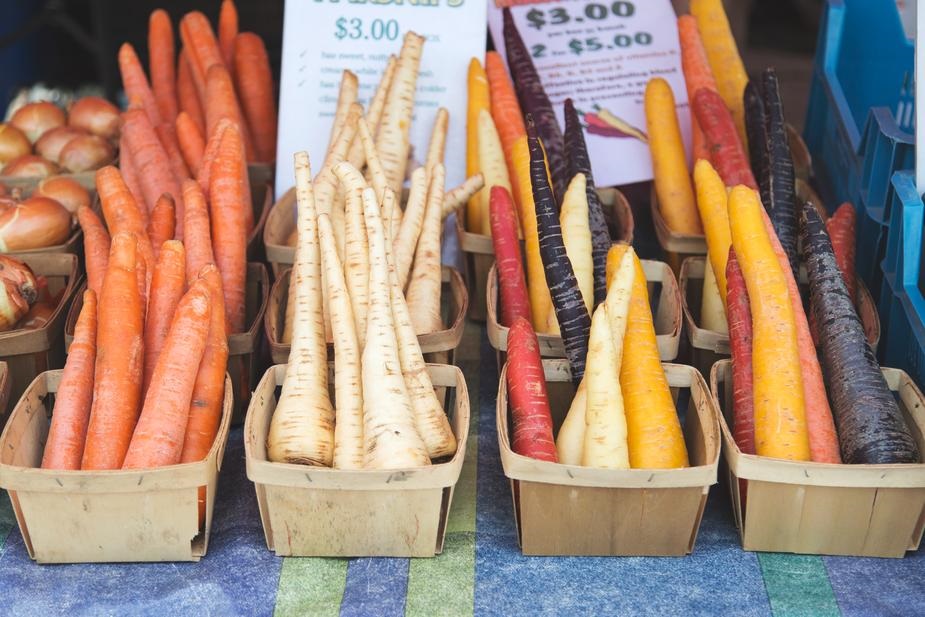I love cooking and my favorite part of cooking is watching
someone enjoy what I made for them. I
think that is why I had such a difficult time working in restaurant
kitchens. I was cooking plenty of food
for the guests to enjoy but unfortunately wasn’t getting to see the smiles on
their faces when they enjoyed it.
Granted I never worked in an open kitchen but I think that would have
come with it’s own set of challenges.
One of my favorite jobs was working at Rococo Chocolates and running
their chocolate school. I got to interact with people, teaching them how to
make chocolate and other recipes with chocolate in them. I also got to see them
enjoy the chocolates!
My husband’s birthday was last week and we have Valentine’s
Day coming up next week. I typically
cook him a special meal for his birthday and then again on Valentine’s
Day. It can be tough to figure out two
amazing meals to cook just weeks apart as I try to make them completely
different but still filled with the foods he loves. One of his favorites is when I make pasta
from scratch, I’m talking the actual noodles here. Tonight we’ll be celebrating his birthday
with a belated birthday dinner and I’ve decided to make some pasta. I use the recipe from Thomas Keller’s French Laundry Cookbook. It comes highly recommended from two chef
friends of mine and always turns out perfect.
I found some recipe inspiration from Instagram on the feed @howsweeteats I’ll be making the Cozy Lemon Pasta. You can find the recipe here, And I’ll put the pasta recipe for you down below. I cannot wait to see the joy on my husband’s face when he digs into this delicious meal. A dream come true!
Happy Friday,
Julie
Pasta Dough
From Thomas Keller’s The
French Laundry Cookbook
Ingredients:
1 ¾ cups all purpose flour
6 large egg yolks
1 large egg
1 ½ teaspoons olive oil
1 tablespoon milk
Method:
-Mound the flour on a board or other surface and create a well
in the center, pushing the flour to all sides to make a ring with the sides
about 1 inch wide. Make sure that the well
is wide enough to hold all the eggs
without spilling.
-Pour the egg yolks, egg, oil and milk into the well. Use your fingers to break the eggs up. Still using your fingers, begin turning the eggs in a circular motion, keeping them within the well and not allowing them to spill over the sides. This circular motion allows the eggs to gradually pull in flour from the sides of the well. It is important that the flour not be incorporated too rapidly or your dough will be lumpy. Keep moving the eggs while slowly incorporating the flour. Using a pastry scraper, occasionally push the flour toward the eggs; the flour should be moved only enough to maintain the gradual incorporation of the flour, and the eggs should continue to be contained within the well. The mixture will thicken and eventually get too tight to keep turning with your fingers.
-When the dough begins thickening and starts lifting itself from the board, begin incorporating the remaining flour with the pastry scraper by lifting the flour up and over the dough that’s beginning to form and cutting it into the dough. When the remaining flour from the sides of the well has been cut into the dough, the dough will still look shaggy. Bring the dough together with the palms of your hands and form it into a ball. It will look flaky but will hold together.
-Knead the dough by pressing it, bit by bit, in a forward motion
with the heels of your hands rather than folding it over on itself s you would
with the bread dough. Re-form the dough
into a ball and repeat the process several times. The dough should feel moist but not sticky.
Let the dough rest for a few minutes while you clean the work surface.
-Dust the clean work surface with a little flour. Knead the dough by pushing against it in a forward motion with the heels of your hands. Form the dough into a ball again and knead it again. Keep kneading in this forward motion until the dough becomes silky smooth. The dough is ready when you can pull your finger through it and the dough wants to snap back into place. The kneading process can take anywhere from 10 to 15 minutes. Even if you think you are finished kneading, knead it for an extra 10 minutes; you cannot over knead this dough. It is important to work the dough enough to pass the pull test; otherwise, when it rests, it will collapse.
-Double-wrap the dough in plastic wrap to ensure it does not
dry out. Let the dough rest for at least
30 minutes and up to one hour before rolling it through the pasta machine. The dough can be made a day ahead, wrapped
and refrigerated; bring to room temperature before proceeding.



